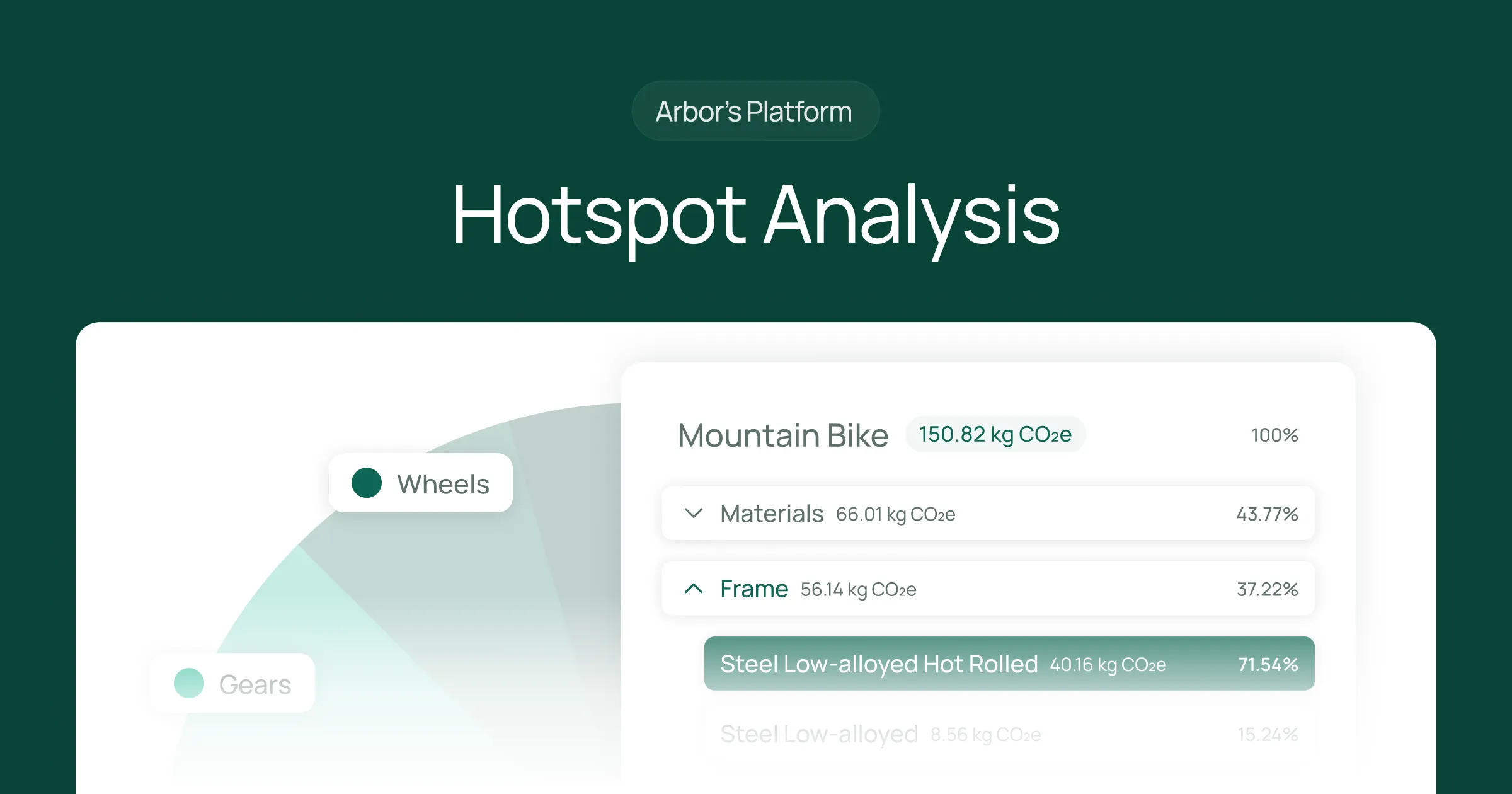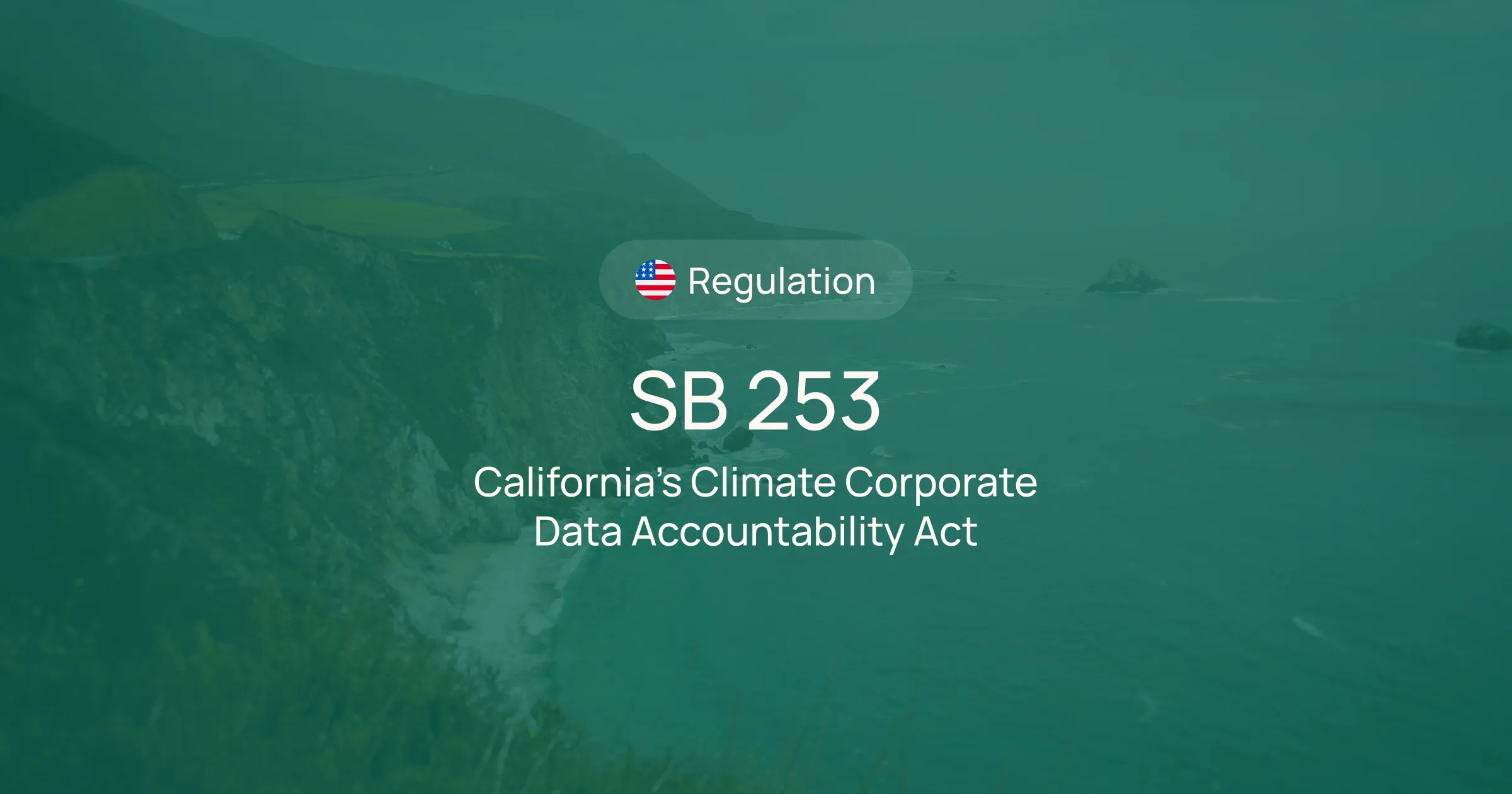The Complexity of Carbon Footprinting in Manufacturing
I’ve always been frustrated by the so-called complexity of carbon footprinting. Growing up in a manufacturing town in Pakistan, the gap between how things were made and how they are reported to companies in first-world countries has only grown wider. I asked several large-scale manufacturers why that was the case, and they all gave the same shocking answer.
Firstly, brands are solely responsible for designing their own product lines. The manufacturer has no control over selecting materials or specs. Hence, what the brand asks for directly influences Scope 3 (Purchased Goods and Services, such as raw materials). Secondly, all negotiations and bids only account for cost. Sustainability teams at these companies are not even part of negotiations and only show up at the end of the year to keep up with the trends and collect data for an end-of-year report. It’s clear that, with the exception of a few innovative companies led by decarbonization teams, procurement and finance teams are running the show and have been in charge for a few decades.
Seeing that this problem isn’t limited to one industry, I will be using popular products across industries to talk about Net-Zero commitments vs. actions, hoping to substantially lower or ideally eliminate the entry barriers for more people to be part of the conversation and, eventually, a solution.
I initially thought I would pick a random flagship product to compare the companies' commitments to their actions. Still, instead, I decided to put the limelight on my own purchasing preferences. Anyone who works in finance or at a startup has come to know about the ABC (Anti-Ball Crushing) pants from Lululemon. The reasons are self-explanatory in the breakdown of the acronym. Over time, I’ve gradually added three pairs of Lululemon’s ABC Pants to my wardrobe.
Each one feels familiar, yet they tell a distinctly different story—one that goes beyond mere comfort; it’s a story of steps toward progress. As someone deeply invested in product carbon footprints, I want to advocate for that kind of progress.
From Polyester to Recycled Polyester: Evaluating Lululemon’s Sustainability Claims
In 2020, I bought my first pair of ABC pants thanks to a recommendation from my now co-founder and fellow nerd, Ben Grande. Back then, the pants were made from 100% polyester, and to be honest, I didn’t give it a second thought. Over the years, I relied on these pants for everything from board meetings to birthday parties, making them a go-to for their versatility.
But like most consumer products, it ran its course.
Now, knowing better, I was skeptical about buying another pair of 100% polyester pants. But to my surprise, Lululemon had actually updated the material composition to now be 47% recycled polyester, keeping up with Lululemon’s sustainability goals (2023 Impact Report). On paper, this seemed great and was enough for me as a consumer to make the decision to buy two more.
As a quant nerd, I wanted to use some of the models we’ve developed at Arbor to make a fair comparison of carbon numbers and get a sense of where this product line was headed. The results were a bit disappointing, knowing that the Lululemon brand aspires to empower a lifestyle; perhaps mine isn’t the most important one just yet.
Here is a timeline of my measurements using publicly available data*. The calculations don’t include consumer use, downstream transportation, and waste because I intend to explore systemic changes and not pass the blame down the chain to individuals.
Exploring the Sustainability of Lululemon’s ABC Pants
Product: ABC Pants (2020) - Actual
.avif)
- Material Composition:
- 100% Polyester
- Fabric Source Region and Estimated PCF (kg CO₂e per pair):
- China: 10.36 kg CO₂e
Product: ABC Pants (2024) - Actual
.avif)
- Material Composition:
- 53% Polyester, 47% Recycled Polyester
- Fabric Source Region and Estimated PCF (kg CO₂e per pair):
- China: 10.06 kg CO₂e
Product: ABC Pants (2030) - Company Forecast

- Material Composition:
- 100% Recycled Polyester
- Fabric Source Region and Estimated PCF (kg CO₂e per pair):
- China: 9.73 kg CO₂e
*China was selected as the fabric source region because it’s one of the top 3 fabric suppliers for Lululemon (Lululemon 2023 Annual Report)
Tackling Scope 3 Emissions: Challenges and Opportunities in Lululemon Sustainability

As you can imagine, I was a bit disappointed that after a decade of changes, if Lululemon meets its own goals, it will only change the carbon footprint of these pants by less than 10%. Why? Because it is still an energy-intensive process to convert PET (Polyethylene Terephthalate) or recycled PET into yarn, fabric, etc.
Lululemon has grown to be a leader so quickly but relies on a select number of suppliers to make up for most of its production. The challenge — and opportunity— lies in reimagining these same pants with a product carbon footprint (PCF) approach that recognizes each gram of material and every kilowatt of production and processing energy.
Making Lululemon Sustainability More Than Just Reports
Unfortunately, the designs that brands like Lululemon can control are one part of the conversation; this telephone game isn't helping anyone, including Lululemon. With Canada’s Bill C-59 and ongoing investigations into Lululemon's sustainability on green claims, it’s really important to be as transparent as possible.
Lululemon has reported that a select few suppliers make up most of their production. This is true for almost every brand in the world. Knowing firsthand, manufacturers want to use lower carbon energy sources, and independence from the grid in those countries provides freedom beyond measure. There are many solutions available through a Power Purchase Agreement (PPA), Renewable Energy Certificates (RECs), and contractually obligated terms, but brands like Lululemon need to negotiate for lower carbon practices. If the procurement and finance teams can measure the $/CO2e ratio per supplier, they can make wiser decisions today.
My request: Lululemon sustainability team, please don’t let sustainability be just end-of-year reports. It’s not rocket science; spend your time, money, and efforts wisely, and the world will be better off.
Up next: What is up with Nike Air Force 1’s? Hypocrisy at its finest.
Are you as passionate as I am about decarbonization? Help me take this conversation to industry leaders. Have a suggestion or want to learn more about a product in particular?
Reach out to me on LinkedIn or email me at abdullah@arbor.eco.
Disclaimer:
*All primary data used to discuss and measure the carbon footprint of Lululemon’s ABC Pants in this blog is derived from publicly available sources such as product descriptions and sustainability reports. This analysis aims to provide a holistic perspective based on open data but should not be considered a definitive measurement. The actual product carbon footprint might differ if value chain-specific or supplier-level data were incorporated, especially considering variances in raw material sourcing, energy use, and transportation emissions unique to individual suppliers and production environments. Therefore, the numbers discussed are intended to spark conversation and encourage greater transparency but are not exact indicators of Lululemon's supply chain impact.
Measure your carbon emissions with Arbor
Simple, easy carbon accounting.




.webp)
%20Directive.webp)


.webp)











%20Arbor.avif)





%20Arbor.avif)


.avif)






%20Arbor%20Canada.avif)

.avif)
%20Arbor.avif)
.avif)






_.avif)
.avif)
%20Arbor.avif)



%20Software%20and%20Tools.avif)





.avif)
.avif)




%20EU%20Regulation.avif)












.avif)


%20Arbor.avif)









_%20_%20Carbon%20101.avif)







.avif)

.avif)
.avif)









